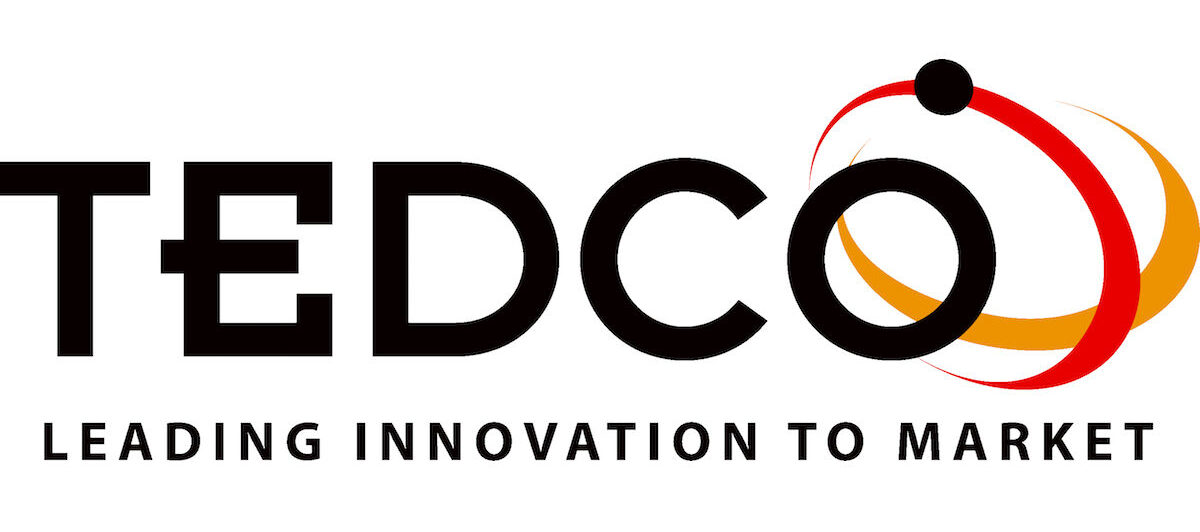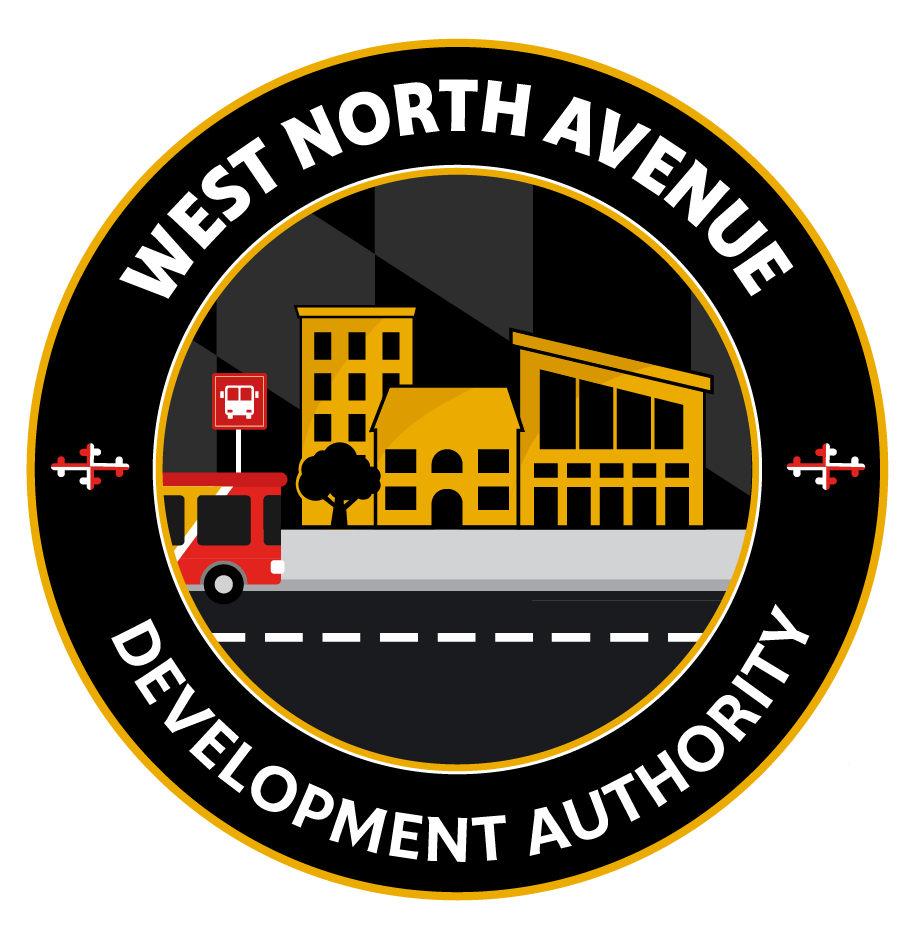2015 MEDA Winter Conference: Legislative Outlook Recap
Welcome: Rob Hannon (Pres. AAEDC) introduced Steve Schuh (AACo. Executive)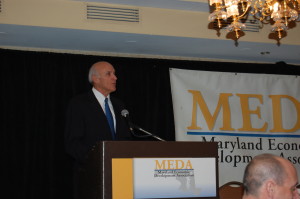
Rob Hannon, President of the Anne Arundel Economic Development Corporation, provided brief opening remarks. Hannon explained that the state of Maryland is the best place to operate a business.
Welcome (Part 2):
This MEDA Conference is happening at an exciting time. It is a new era, and an opportunity to reverse negative issues from the past. We, the citizens of Maryland, want lower taxes and a government that works together. Recently, our government has spent too much, and that has led to an increasing deficit. There are only three Fortune 500 companies (as we found out, it was actually 4) that remain in Maryland. We are seen as a “flyover state.” We have everything here in Maryland, but our tax and regulatory climate make things difficult.
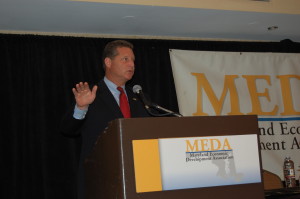
Next week, though, things change. I believe that this group will work together to get us where we need to be.
Steve also laid out Anne Arundel County’s five point plan:
- 3% cut in property taxes
- focus on education – specifically small, neighborhood schools
- get drugs (drug dealers) off the street and behind bars
- reform county government
- permits out in reasonable amount of time
- procedures less cumbersome
- accelerate all services and reduce their cost
- clean up the Chesapeake Bay
In closing, Steve reassured Marylanders that the best days are ahead of us!
Conference Welcome: (New) DBED Secretary Michael Gill
Thank you to the DBED team. If you are a member of the DBED team, please stand so you can be recognized.
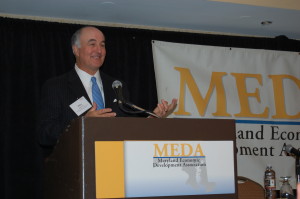
Today is a new day in Maryland. Thirty Days ago, Jim Brady first approached me about becoming the new DBED Secretary, and up until that point I hadn’t given it any thought. As it turned out, my wife was okay with it, and I am excited to move forward.
Governor Hogan is a normal, likeable guy. He gets it. We are going to focus on Economic Development in Maryland and make it a priority. We have a great product here in Maryland. Our assets are numerous: from the Chesapeake Bay, to our transportation network, proximity to the Federal Government, and more. We’ve got a great team of experts, and we will work to fix the regulatory and tax issues in our state.
In my talk(s) with Larry Hogan we have discussed several things:
- Customers and customer service. These must be at the forefront. A “win” or a “loss” is often based on customer service.
- Retention leads to expansion. We need to keep the companies currently located in Maryland happy, and assist them in any way that we can. This, in turn, will lead to their expansion, and possibly lure other companies to our state as well.
- Competing – we need to keep ourselves in a position to win. We are not going to win every deal, but we need to be in a position to win. This is not about doing one thing 1000% better, but rather doing 1000 things 1% better. We need to be better in everything we do.
Sean Looney – Business Leadership Meeting (Panel)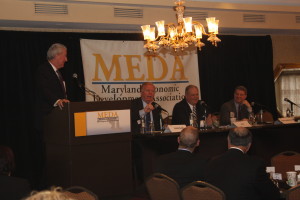
Q: What are the top priorities for your organization
Jim Dinegar:
- Port of Baltimore – ability to double-stack trains so we can use the Port as a competitive advantage
- Cybersecurity is the gift that keeps giving
- Band together and be collaborative
Don Fry:
- Cyber strategy – commercialize this activity
- Advocating for the Angel Investment Tax Credit
- Keep critical programs in the budget
Brian Poffenberger:
- Increase competition of Maryland business environment
- Business tax reform/relief
- Reduce regulatory burden
- Create an “open for business” climate, and leverage that climate to create a BRAND that focuses on what we do well
Q: What can Hogan do to make Maryland “open” in his first 100 days?
Brian Poffenberger:
- Hogan has already begun doing this, but he can send this message via his appointments. so far he has been judicious, pertinent, and non-partisan in choosing his cabinet.
- Work to change the regulatory environment (phosphorous management, air emissions, and their impact on businesses)
- Be “Cheerleader in Cheif”
Don Fry:
- Send the message via his speech. “Let me see what we can do” instead of simply saying “no.” Attitude and tone are important as well.
- Executive Orders can be evaluated. Are there some in place that are no longer applicable?
- Budget – lay out priorities. This is a good time for Economic Development.
Jim Dinegar:
- Stick to the plan. Reduce expenses.
- Make smart, efficient investments.
- Push cyber security!
- Emphasis on the Port of Baltimore
- Lends itself to manufacturing/light manufacturing growth. Need to be able to double stack trains.
Q: Is there any strategy that explains that small business, and not big business, should be the only focus?
Don Fry:
- Big business is very important. We must retain, grow, and expand existing companies in Maryland, but we must also encourage others to come to Maryland. There is an ecosystem that comes along with big business that is very important to our state’s overall business climate.
Brian Poffenberger:
- There is not a strategy to leave out big business. We must work with legislators to help everyone better understand the connection between jobs and employers.
- Yes, there is an ecosystem with large companies, and the supply chain is an important component of that ecosystem. Large companies typically play off of one another as it relates to supply chain.
Jim Dinegar:
- We have chipped away at our Quality of Life in Maryland. Regardless of the size, we must take care of what we have, big or small.
Q: Local economists claim that Maryland trails others in number of high quality jobs. What do we do to attract high quality jobs to Maryland?
Brian Poffenberger:
- Leveraging the assets that we already have, such as our education system, infrastructure (transportation system), and access to the Federal delegation.
Jim Dinegar:
- We must be able to attract younger generations (millennials)
- Right now it is a challenge to get around – congestion
- Quality of Life is essential. One of the biggest selling points for millennials and others who are candidates for high quality jobs is “walkable communities.” We must get our story out.
Don Fry:
- There is not one strategy to get high quality jobs in Maryland. Would argue that there are a good deal of high quality jobs in Maryland already. In the past, we have had some reliance on the Federal Government.
Q (Audience): How do we change metrics by which we judge our effectiveness? (Or something along those lines– I missed this one).
Jim Dinegar:
- Metrics can be changed. Instead of fighting over who is the home to cyber (for example), we need to take a more regional/collaborative approach.
Q (Audience): What do you see in the role of community colleges in working with employers/buinesses?
Don Fry:
- Community colleges are the best bang for your buck and are underutilized. Investment in community colleges is crucial.
Jim Dinegar:
- Community colleges are an integral part of the business environment. Certificate programs are the future. Community colleges are more flexible than larger universities.
Brian Poffenberger:
- Community colleges are nimble, and they are great partners in Economic Development. There is the incumbent and/or new worker training programs that community colleges have been successful in helping ED offices. The community college message is community-based, and can have an impact keeping our workforce in our state.
Q (Audience) We don’t want a short-term fix to have long-term consequences. What is the strategy, then?
Jim Dinegar:
- We need to make much better use of what we have. Doesn’t always have to be something new.
Sean Looney – We hear a lot about roads, bridges, and mass transit… where does that fit in?
Don Fry:
- Transit is an economic engine for Maryland. Right now we are very congested
Jim Dinegar:
- Our government is facing a $1.2 billion deficit. Can we afford a new transit system? The purple line is an Economic Development engine. We must reassess the situation.
Q (Audience): Is there a push for lean government in Maryland?
Brian Poffenberger:
- At the subcabinet level, I have heard the term “lean government” many times. We must unlock the enthusiasm and professionalism that is already there.
Don Fry:
- This legislature will look at everything. 81% of the budget is “locked in” because of mandatory programs. We must reassess the situation to see where cuts can be made.
Jim Dinegar:
- Whether we want it or not, we will be looking at lean government simply because of all the cuts that will be made.
Senate President Mike Miller
- The upcoming session will be focused on the budget. Our government has 90 days to balance the budget, and that is what our time will be spent on this session.
- How will governor-elect Hogan govern? You can tell based on his appointees. He will govern from the middle with “Maryland middle temperament.”
Minority Leader (House) – Nick Kipke
- Governor-elect Hogan challenged us to come together and stay together. He has asked us to go to places we don’t normally go. When we took our tour around the state, we did just that.
- One of the things he has said that resonated with me is to “not worry about foul balls.”
Speaker of the House – Michael Busch
- This is a new, different situation being that there are 60+ new members to our General Assembly.
- Our goal is to build a better Maryland, and governor-elect Hogan has been open to all of us in making that happen.
- There are two things we must do during this session. One is to balance the budget and the other is to fund an adequate education system for every child in the state. Currently $6.25 billion goes to K-12 education.
- We have a substantial task ahead of us, but we share that task. This is not new to us. This is the 12th year in a row that there have been budget shortfalls.
Minority Leader (Senate) – Jennings
- Governor-elect Hogan has a background in real estate development, so his life has been based off of making deals. This will help him be effective and balance the budget.
- We will be taking a microscopic look at everything during this session.
Q (Audience): What investments in Economic Development do you forsee?
Speaker of the House – Michael Busch
- Infrastructure is important to businesses already here, and to those looking to locate here. Other considerations: Sparrow’s Point project, Under Armour’s expansion, getting the FBI to Maryland, and creating a hub for cyber security.
Senate President – Mike Miller
- Encourage universities to work together.
Q (Audience): How does Hogan leverage Economic Development and still satisfy his constituents?
Senate President – Mike Miller
- Govern from the middle and make smart business decisions.
Minority Leader (Senate) Jennings
- Government will be smaller and more efficient.
- With regulatory change will come a more customer-friendly attitude.
Keynote provided by Governor-Elect Larry Hogan
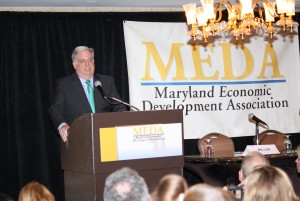
Governor-elect Hogan received a standing ovation as he took the podium to speak at the 2015 MEDA Winter Conference. Hogan made it his first order of business to thank everyone in attendance and subsequently introduce several members of his cabinet. The Governor-elect expressed that he was humbled to serve the citizens of Maryland, and he is looking forward to helping Maryland businesses grow, and working to make the state more attractive to prospective businesses.
Reflecting on the past, Hogan noted that Maryland’s government has spent too much, taxed too much, and borrowed too much, all the while with declining revenues. “The good news is, all of these wounds are self inflicted,” he said. The budget will be at the forefront of the current 90-day session, and Hogan was clear that successful programs will be expanded, failing programs will be scrutinized, and duplicated programs will be eliminated.
Hogan explained that balancing the budget will take a bipartisan, collaborative effort, and there will certainly be challenges along the way. However, although the challenges placed in front of Maryland’s General Assembly are formidable, so is the resolve of the group. In closing, Hogan urged that it is time to change Maryland for the better, and together he believes it can be done.



